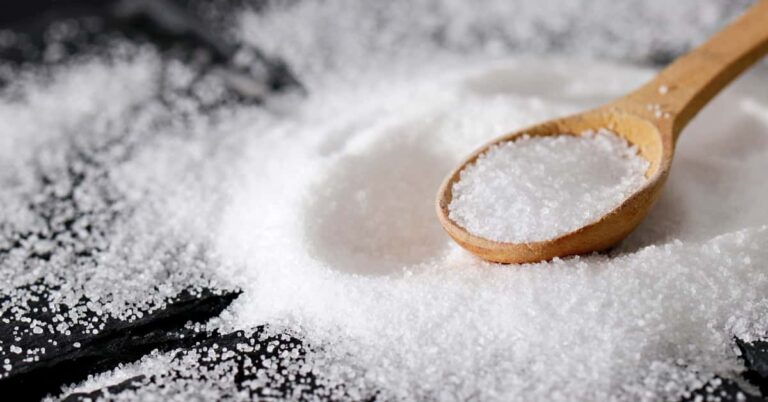6 Steps to Slow Sebum Overproduction Without Stripping
Have you ever stood in front of the mirror, frustrated by an oily shine that seems impossible to tame? If you’re tired of battling breakouts and clogged pores caused by excess sebum, you’re in the right place. In this article, we’ll walk you through a holistic, step-by-step guide to controlling sebum production—without stripping your skin of the moisture it needs to stay healthy and radiant.
Excess sebum can be a major skin concern, especially when you’re trying to maintain a fresh, matte finish all day long. Many conventional solutions promise immediate results, but often they do so at the expense of your skin’s natural balance. That’s why our approach focuses on long-term, science-based techniques that help regulate sebum production while preserving your skin’s protective barrier.
Throughout this guide, you’ll learn about the underlying causes of sebum overproduction and discover actionable steps to achieve a balanced, glowing complexion. From choosing the right cleanser to making small lifestyle adjustments, each step is designed to work in harmony with your skin’s natural processes. So if you’re ready to embrace an oil-free glow that’s both natural and sustainable, let’s dive into these six effective steps that can transform your skincare routine—and your confidence.
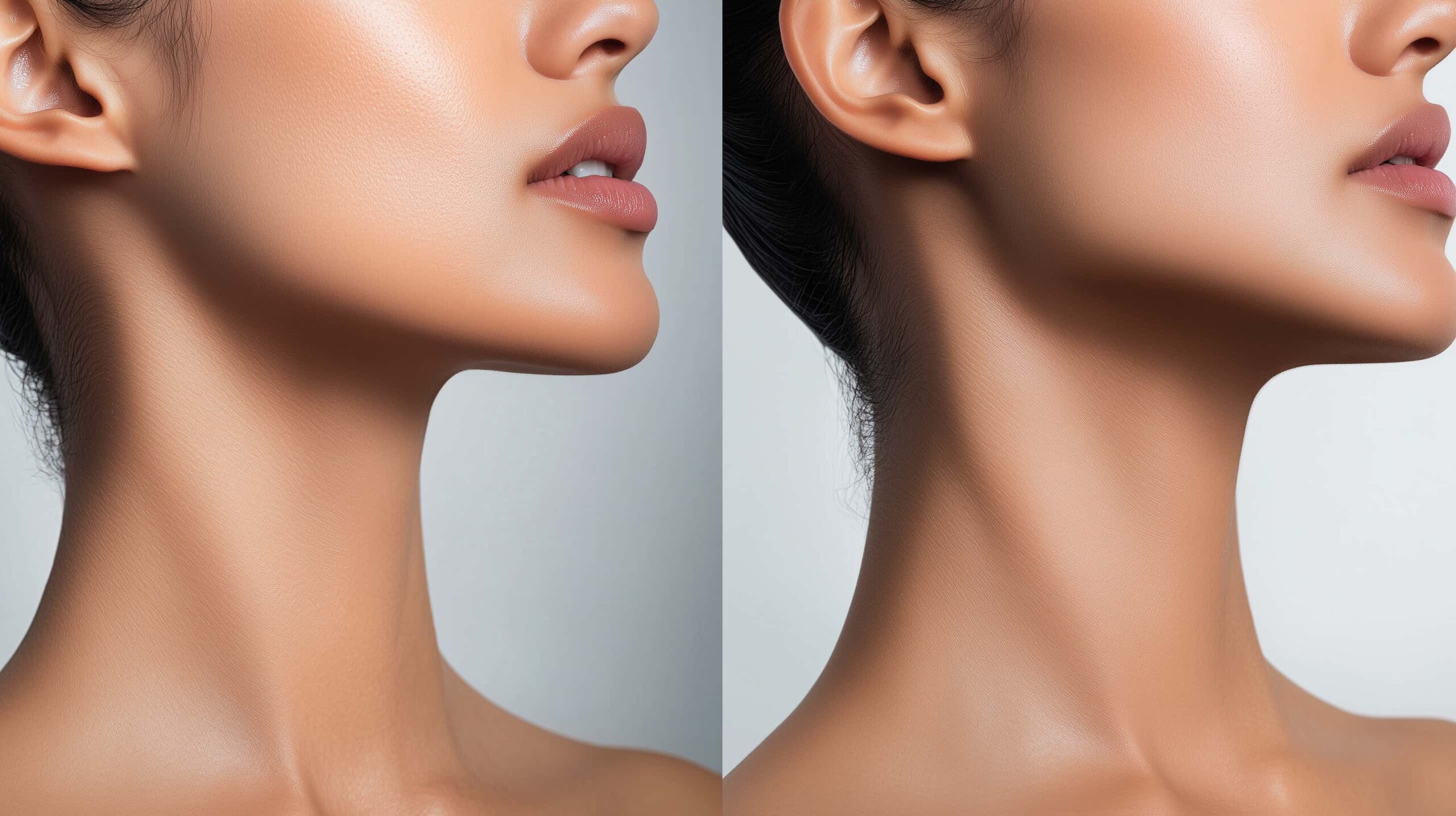
Why Balancing Sebum Matters
Balancing sebum isn’t just about reducing shine; it’s about maintaining the health of your skin. Sebum, the natural oil produced by your skin, plays a crucial role in keeping your skin moisturized and protected. However, when your skin produces too much sebum, it can lead to clogged pores, breakouts, and a greasy appearance.
Over-stripping your skin with harsh cleansers might temporarily reduce oiliness, but it often backfires by triggering your skin to produce even more oil. A balanced approach preserves your skin’s natural barrier while controlling excess oil. By understanding the importance of maintaining equilibrium, you can create a routine that not only minimizes shine but also supports overall skin health.
Taking a balanced approach means choosing products and techniques that regulate sebum without compromising hydration. This strategy helps prevent irritation and dryness while keeping your skin’s defenses intact. Ultimately, controlling sebum the right way leads to a clearer, smoother complexion that feels as good as it looks.
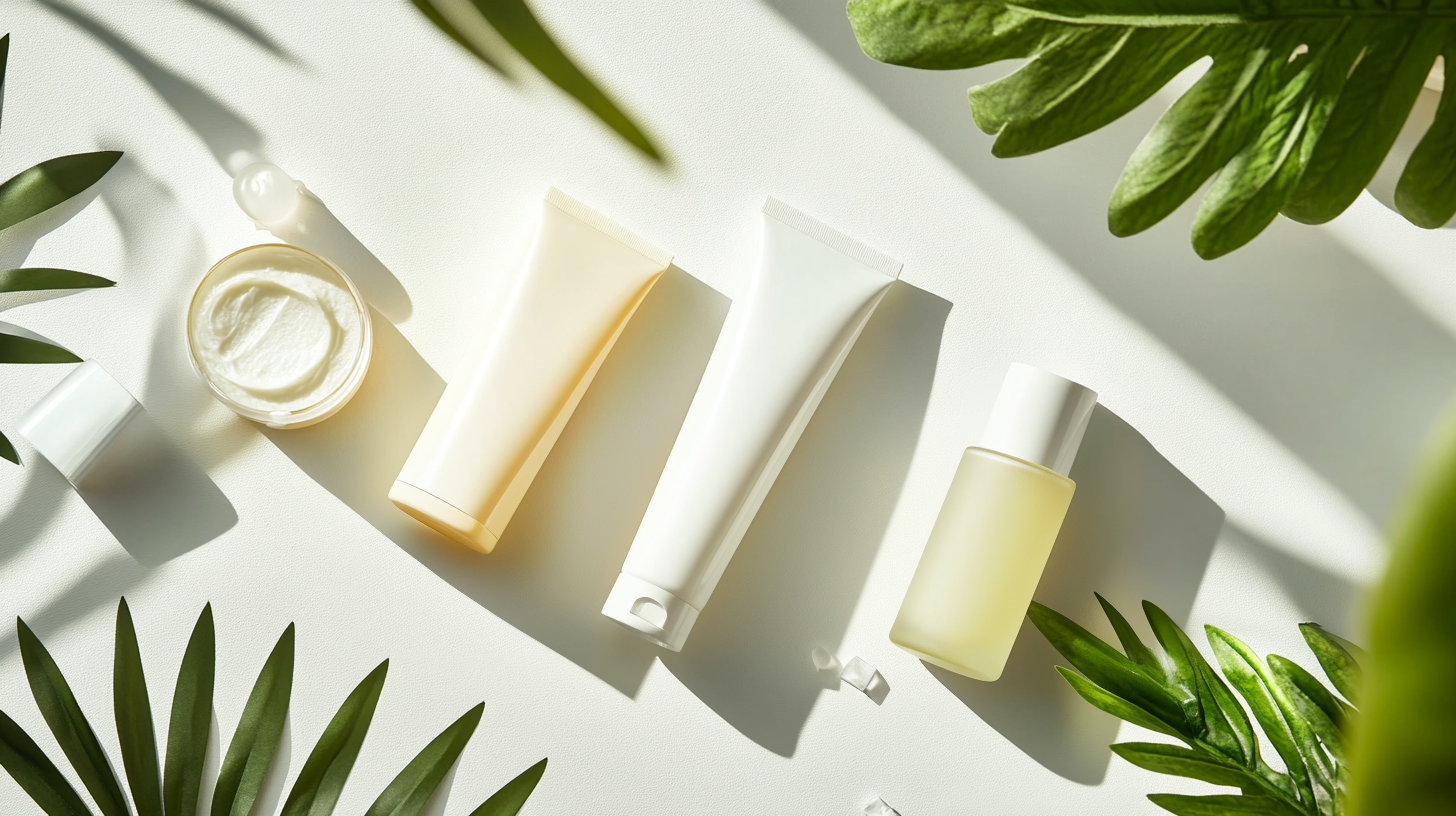
The Science Behind Sebum Overproduction
Sebum is produced by your skin’s oil glands and is essential for keeping your skin lubricated. However, factors like hormonal fluctuations, stress, diet, and environmental conditions can cause these glands to overproduce. When sebum production goes into overdrive, it can mix with dead skin cells and bacteria, leading to clogged pores and breakouts.
Think of your skin as a finely tuned ecosystem. Just as a garden needs the right balance of water and nutrients to thrive, your skin requires a balanced level of sebum to function optimally. When the balance is disrupted, it can result in excess oil, irritation, and acne. Understanding these underlying processes is key to managing sebum without resorting to harsh, stripping methods.
By addressing the root causes of sebum overproduction—such as stress and hormonal imbalances—you can take a more targeted approach to skincare. Simple changes in your routine and lifestyle can significantly influence your skin’s natural oil regulation. With this knowledge, you’re empowered to make informed decisions that support a healthy, balanced complexion.
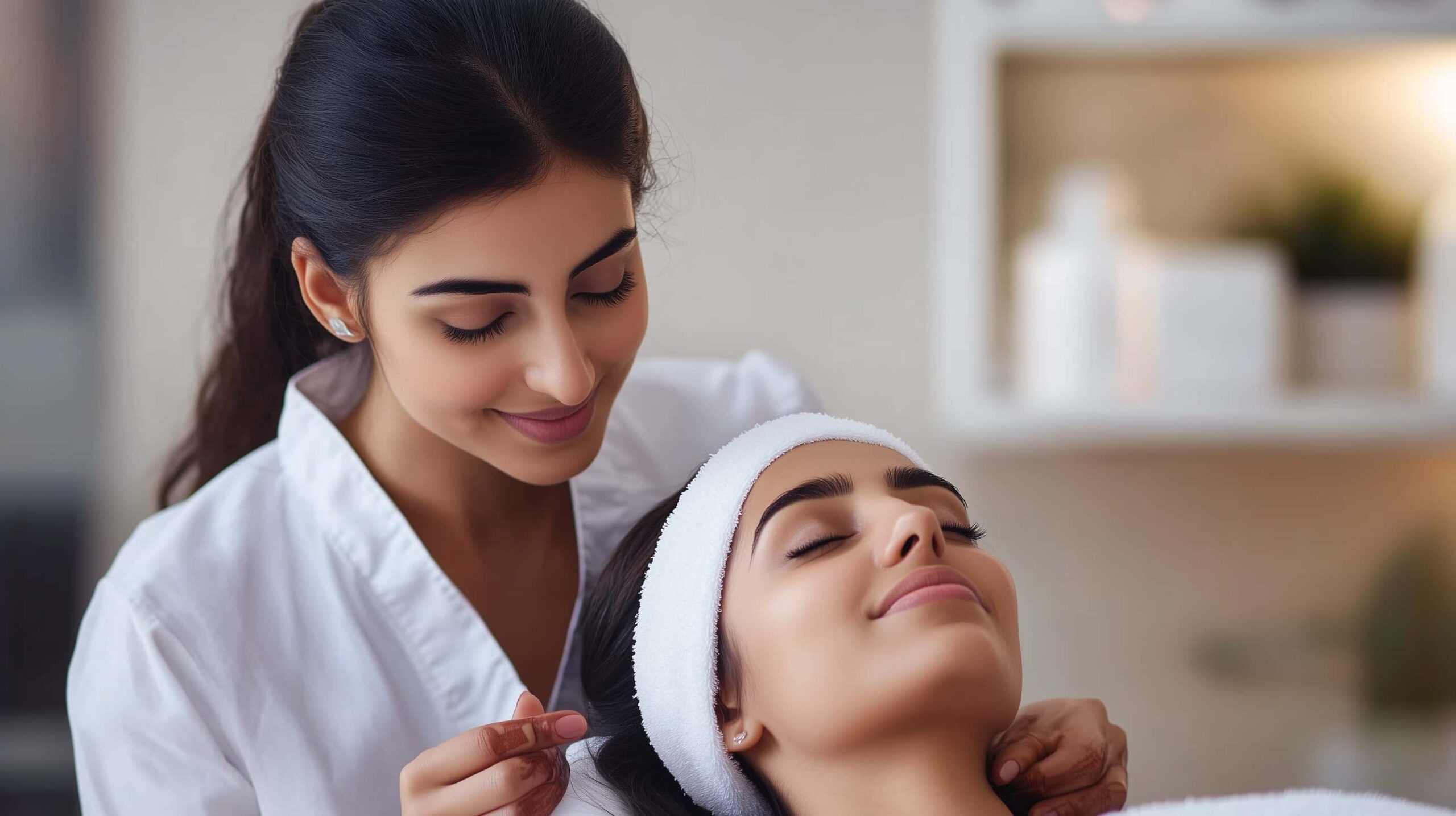
Step-by-Step Guide: 6 Steps to Control Sebum
Step 1: Gentle Cleansing
Start your routine with a gentle, sulfate-free cleanser. The goal is to remove excess oil and impurities without stripping away the skin’s natural moisture. Use lukewarm water and massage the cleanser into your skin with gentle circular motions. This not only cleanses but also stimulates circulation, helping your skin absorb the benefits of subsequent products. Avoid over-washing, as this can trigger even more oil production. A balanced cleanse sets the stage for all the other steps in your routine.
Step 2: Balanced Exfoliation
Exfoliation is key to unclogging pores and removing dead skin cells that can contribute to excess oiliness. However, moderation is essential. Opt for a mild, natural exfoliator—such as one with fruit enzymes or fine particles—and limit exfoliation to 1-2 times per week. This helps regulate sebum production without causing irritation or over-drying your skin. When exfoliating, be gentle and avoid harsh scrubbing, which can damage the skin barrier and prompt your glands to produce more oil.
Step 3: Lightweight Moisturization
Even oily skin needs hydration to maintain a healthy barrier. Choose a non-comedogenic, lightweight moisturizer that hydrates without clogging pores. Gel-based or water-based formulations work best for balancing oil production while ensuring your skin remains supple. Applying a moisturizer immediately after cleansing and exfoliating helps lock in moisture, keeping your skin calm and preventing the rebound effect of excess oil production. Remember, a well-moisturized skin barrier is less prone to irritation and breakouts.
Step 4: Targeted Treatments
Integrate targeted treatments into your routine to further control sebum production. Ingredients like niacinamide, zinc, and salicylic acid can be particularly effective. Niacinamide helps regulate oil production and soothe inflammation, while zinc has antimicrobial properties that reduce irritation. Consider using a serum or spot treatment with these ingredients to address specific areas prone to excess oil. Apply these treatments after moisturizing for added protection and a boost in overall skin balance.
Step 5: Diet and Lifestyle Adjustments
What you eat and how you live can significantly impact your skin. Consider incorporating foods rich in omega-3 fatty acids, zinc, and antioxidants, which support healthy skin function. Reduce your intake of high-sugar and processed foods, as these can trigger hormonal imbalances that lead to increased sebum production. Staying well-hydrated and managing stress through practices like meditation, yoga, or regular exercise can also help regulate oil levels. Small adjustments in your daily habits can create a noticeable difference in your skin’s appearance and overall health.
Step 6: Consistency and Patience
Achieving balanced sebum production is a gradual process that requires consistency and patience. Stick to your routine and give your skin time to adjust to the changes. Track your progress with photos or notes, and be open to fine-tuning your routine as needed. Remember, lasting improvements come from a steady, mindful approach rather than quick fixes. By staying consistent and patient, you’ll gradually see a reduction in excess oil, leading to a clearer, more balanced complexion over time.
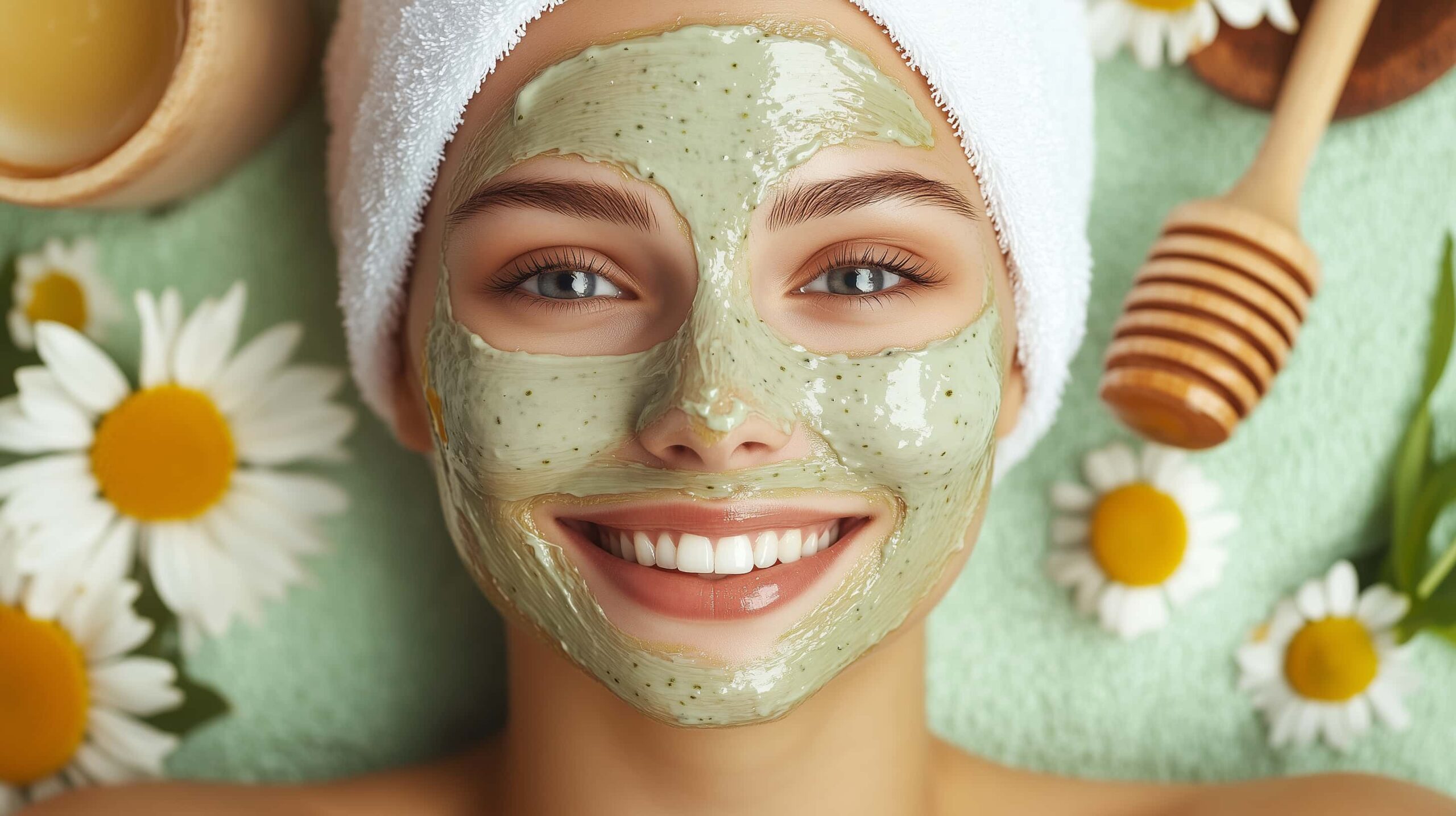
Additional Tips for Oily Skin Maintenance
In addition to the six main steps, there are a few extra tips that can further enhance your routine. Use blotting papers throughout the day to manage shine without disturbing your makeup or skincare products. Adjust your routine based on seasonal changes—opt for a more hydrating formula during the colder months and a more oil-controlling product during humid weather. Consider incorporating a DIY mask once a week, using ingredients like clay and green tea, which can help absorb excess oil and soothe the skin. These supplementary tips can help maintain your skin’s balance and complement your core routine.
FAQs: Your Top Questions Answered
Q1: How often should I cleanse my face?
It’s best to cleanse your face twice a day—once in the morning and once before bed. This helps remove excess oil and impurities without over-stripping your skin.
Q2: Can I use a toner if I have oily skin?
Yes, a gentle, alcohol-free toner can help balance your skin’s pH and remove any residual impurities after cleansing.
Q3: What ingredients should I look for in products for oily skin?
Look for products containing niacinamide, salicylic acid, zinc, and lightweight hydrating agents like hyaluronic acid. These ingredients help control oil without causing dryness.
Q4: Is it necessary to change my skincare routine with the seasons?
Seasonal changes can affect your skin. In humid weather, you might need more oil-control products, while in winter, a bit more hydration may be necessary.
Q5: How long will it take to see results?
Results vary, but with consistency, you may notice improvements in 2-4 weeks. Patience and persistence are key to long-term success.
Embrace Your Balanced, Glowing Skin
Achieving an oil-free glow doesn’t mean stripping your skin of its essential moisture. By following these six steps—gentle cleansing, balanced exfoliation, lightweight moisturization, targeted treatments, mindful diet and lifestyle changes, and the power of consistency—you can effectively control sebum production and nurture a healthy, balanced complexion.
Remember, every skin journey is unique, and what works for one person may need some tweaking for another. Trust in the process and be patient with your progress. We hope this guide empowers you to make informed decisions about your skincare routine and inspires you to embrace a naturally balanced, radiant look. If you found these tips helpful, share your progress, ask questions in the comments, or pass this guide along to someone who might benefit from a little extra skin love. Your journey to balanced, glowing skin starts today!




